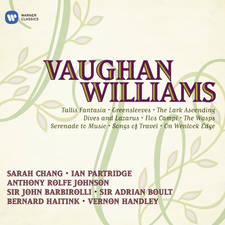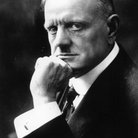Jean Sibelius: Symphony No.5 in E flat
Mahler and Sibelius were both masters of the art of composing the symphony, although they sometimes disagreed on the route to take.
Sibelius commented that the symphony was closed off, an internal world that made sense only musically, within the work itself. Mahler is said to have famously countered, "No! The symphony must be like the world. It must embrace everything".
By the time Sibelius came to premiere his Symphony No. 5, on his birthday in 1915, he had in part come round to Mahler’s way of thinking – with many of the sections of his new work showing signs of a relaxing of attitude.
Its birth came smack bang in the middle of what must rank as one of the most exciting musical decades of the century: ranging from Stravinsky’s The Firebird in 1910, through to the modernist composer Edgard Varèse working with the New York Philharmonic in 1919.
Although Sibelius enjoyed near god-like status in his home country, his Symphony No. 5 was a direct response to not entirely favourable reviews of his Symphony No.4. He even revised the later work, saying, ‘I wished to give my symphony another – more human – form. More down-to-earth, more vivid.’
Recommended Recording
City of Birmingham Symphony
Orchestra; Simon Rattle (conductor).
EMI Classics: 50343282.









